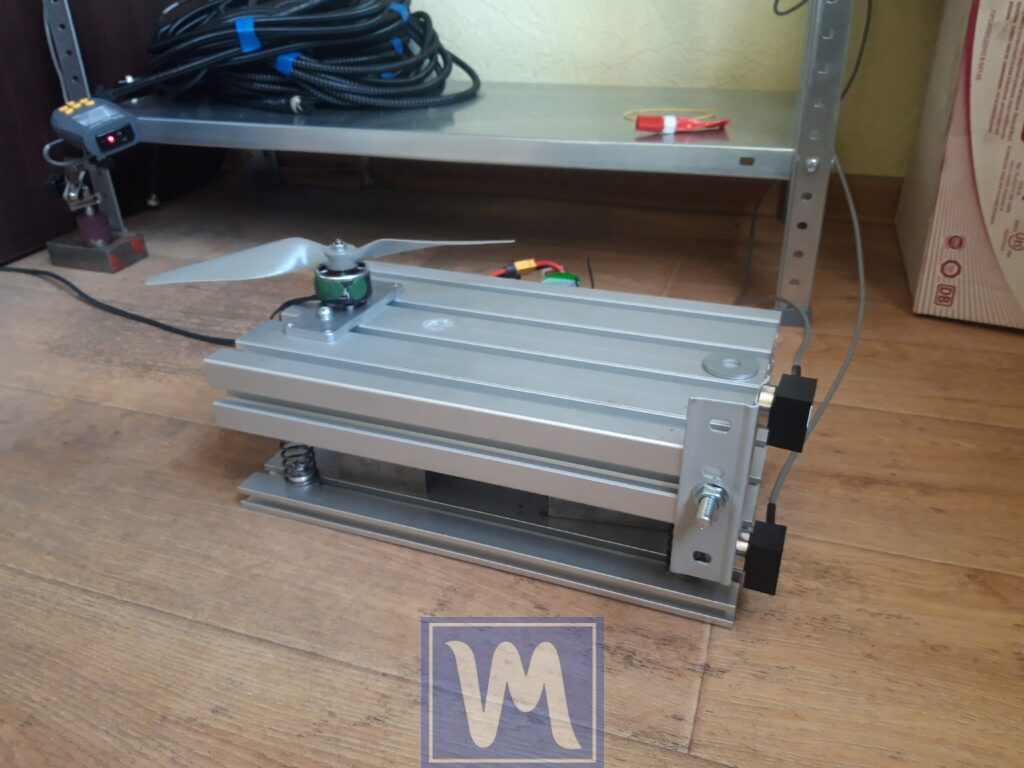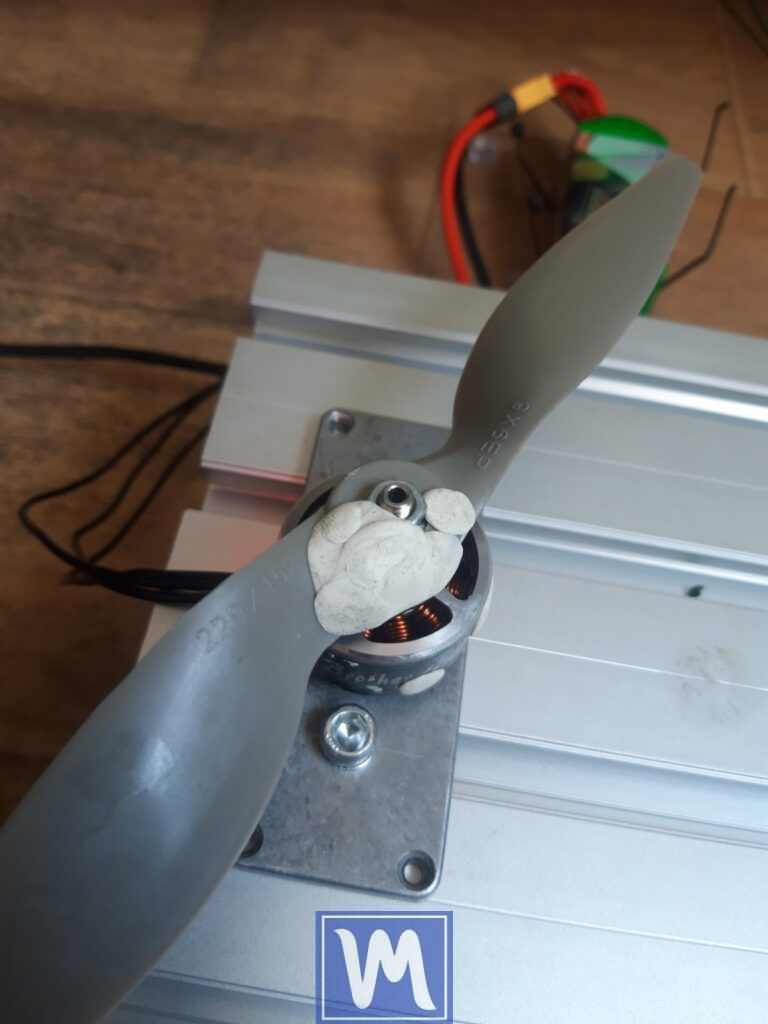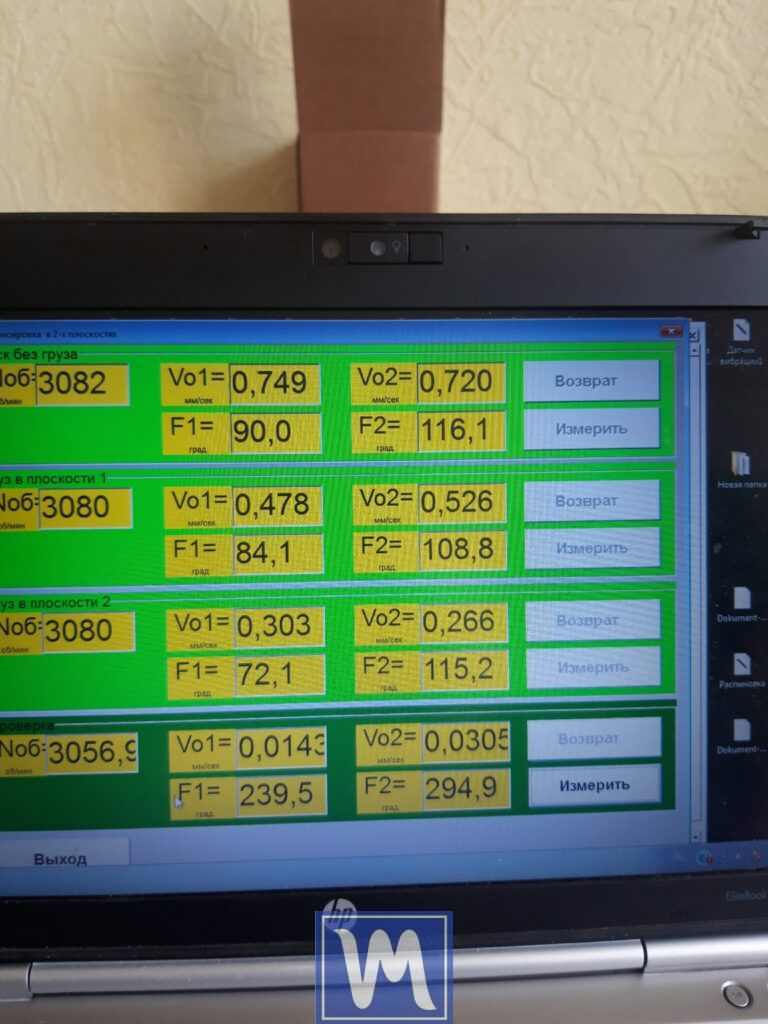Introduction
As quadcopters, commonly known as drones, soar through the skies and become an integral tool in various fields ranging from photography to agriculture, ensuring their optimal performance becomes paramount. A pivotal factor in this optimal operation is the dynamic balancing of the propellers. This article delves into the intricate nuances associated with the consequences of increased vibration and the subsequent need for dynamic propeller balancing.
Issues Stemming from Elevated Vibrations
1. Degraded Image Quality
While the captured visuals are near-perfect when a quadcopter hovers stationary, lateral movements or altitude adjustments introduce anomalies. This “jello effect” and sporadic shaking can critically deteriorate the image or video quality, making footages less appealing and professional.
2. Motor and Hardware Strain
The vibrations, largely emanating from the motors, increase with the RPM. This not only affects the gimbal or the camera’s suspension system but also exerts strain on the motor mechanics. Persistent vibrations hasten the wear and tear on the motors, bearings, and gears, translating to frequent replacements and augmented maintenance costs.
3. Noise and Vibration from Imbalanced Propellers
A notable chunk of off-the-shelf propellers, particularly the budget variants, lack optimal balance. Such propellers not only introduce irritating noise levels but also contribute to the overarching problem of increased vibration. This accentuates the aforementioned issues, making the drone less efficient and more prone to mechanical problems.
Benefits of Dynamic Balancing
Dynamic balancing of each propeller, when executed meticulously, offers a plethora of advantages:
1. Noise Reduction
A balanced propeller operates quieter, leading to less disturbance in environments where noise can be a concern, such as wildlife photography or residential areas.
2. Enhanced Aerodynamic Efficiency
Balanced propellers promise superior aerodynamic performance. This optimization means that the drone can achieve its objectives with lesser energy consumption.
3. Improved Flight Time
With improved aerodynamics and reduced energy wastage due to vibrations, drones can stay airborne for longer durations, maximizing the potential of each flight session.
4. Reduced Wear and Tear
By curbing the root causes of excessive vibrations, the overall strain on the quadcopter’s components is significantly reduced. This translates to extended life spans for motors, bearings, gimbals, and other critical components.
5. Optimal Image Quality
By mitigating the “jello effect” and sporadic shaking, dynamic balancing ensures that the footage captured is of the highest quality, devoid of any anomalies induced by vibrations.
Example
One example is the successful implementation of our Balanset-1A dynamic balancing device by one of our clients for drone propeller balancing tasks.
Our client followed our expert recommendations to construct a dedicated balancing stand for drone propellers. The stand is fabricated from structural aluminum profiles and incorporates spring-based vibration isolators, thus ensuring structural rigidity while minimizing external vibrational interferences.

Dynamic balancing of a drone propeller on a balancing bench.

Dynamic balancing of a drone propeller on a balancing bench.
During testing, it was revealed that this specific setup enabled an extraordinary improvement in vibrational characteristics of the propeller. The vibration levels were reduced by a factor of 50, plummeting from an initial 0.74 mm/s to a remarkable 0.014 mm/s. These metrics are not merely numbers but signify a leap in performance, safety, and energy efficiency.

Dynamic balancing of a drone propeller on a balancing bench. Vo1 and Vo2 – vibration level. 0.7 before balancing, 0.014 after balancing
Conclusion
The profound importance of dynamic balancing in quadcopter propellers cannot be overstated. Not only does it significantly enhance the flight experience by reducing noise and improving aerodynamics, but it also promises longer drone longevity and reduced maintenance costs. For individuals and professionals alike, ensuring that each propeller of their quadcopter is dynamically balanced is a non-negotiable aspect of drone maintenance. It paves the way for efficient, effective, and exemplary drone operations.
0 Comments